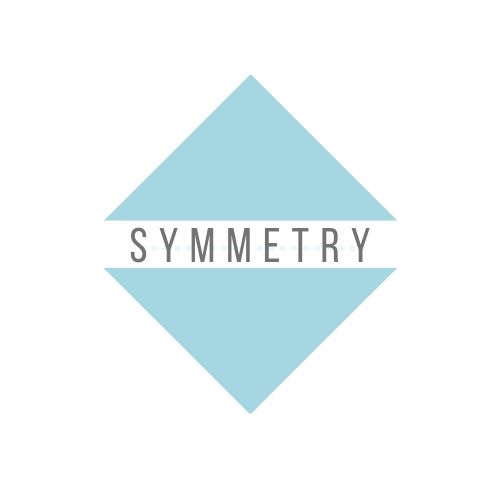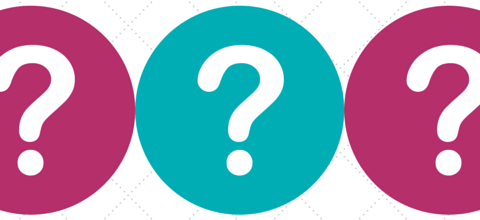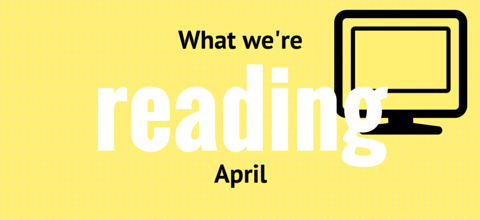Laura Brining
So, what is PR?
It’s a common question PR students and professionals receive from curious friends and family members. The general public doesn’t always understand what PR is, or what PR professionals do all day. Some friends assume PR consists of planning parties and playing on social media. But, many people don’t realize how much PR professionals do, and the impact they have on an organization.
So how do we respond to their question?
The Canadian Public Relations Society (2014) defines public relations as “the strategic management of relationships between an organization and its diverse publics, through the use of communication, to achieve mutual understanding, realize organizational goals and serve the public interest.” But how can we put this definition in context when discussing PR with our peers?
The many broad and complex functions of PR make it difficult to explain it all in one sentence. However, rhyming off a memorised textbook definition doesn’t always effectively get the point across either.
PR professionals have broad responsibilities to help achieve organizational objectives. Creating communications materials, developing positive relationships, and shaping views are only a few examples. These responsibilities often occur behind the scenes, and aren’t always recognizable to the general public.
Make the responsibilities recognizable. Give friends and family specifics.
We pitch the story that raises awareness for our cause, but journalists write the articles. We write the speeches that shape views, but executives deliver them. We shape the communication messages to achieve organizational goals, but the organization delivers the message. We plan the event logistics to pull off fundraisers, but organizations host the events that make a difference.
Try explaining to curious friends and family members that every tweet, every campaign, every speech, every event, and every message was effectively coordinated by PR professionals to achieve organizational goals, develop dialogue, and create positive relationships.
By highlighting these recognizable functions, people will better understand the effort and impact of PR. So the next time someone attends a spectacular event, hears an intriguing speech, or comes across an interesting campaign, maybe they will think twice about the PR efforts and coordination that took place to make it all happen.





